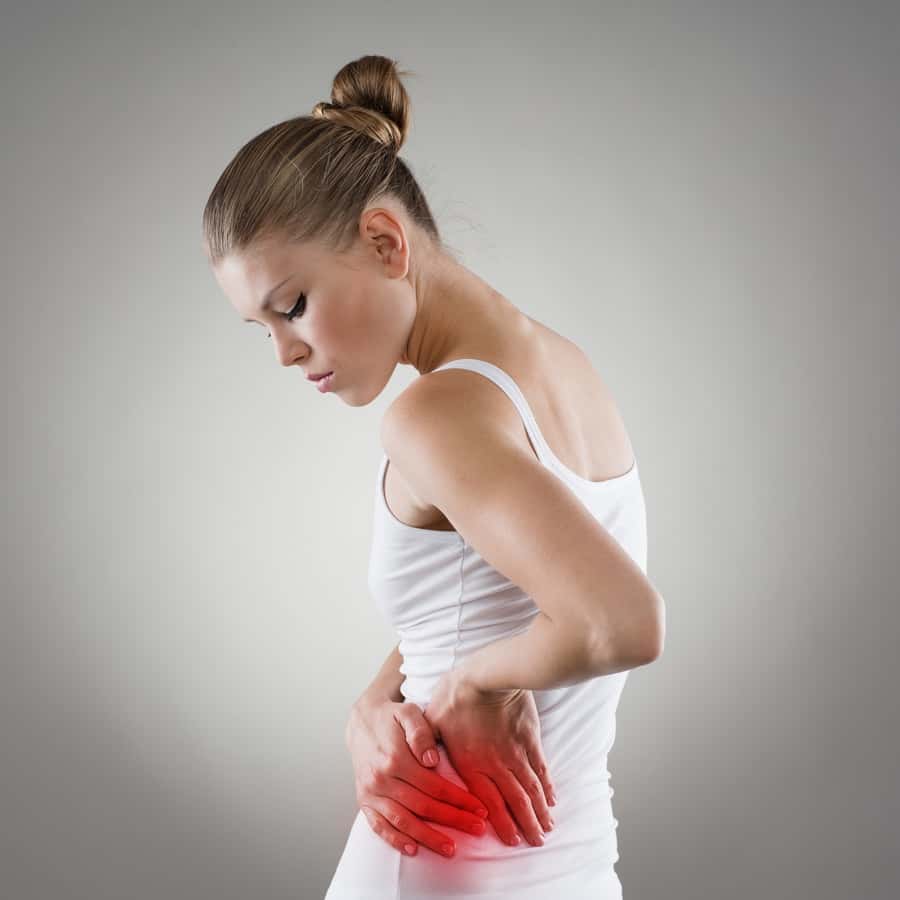
Have you ever heard of low dose naltrexone (LDN)? Most people have never heard about this interesting drug. It was created in 1963 and approved by the FDA in 1984. Many physicians are also unaware of the potential of low dose naltrexone. They are familiar with regular dose naltrexone. It is prescribed for people who are trying to overcome an alcohol problem. Naltrexone is technically an opioid antagonist. That means it blocks the effects of opioid narcotics. Surprisingly, low dose naltrexone seems to have a positive impact on some kinds of pain, as this reader relates.
Staying Active with Low Dose Naltrexone:
Q. I have had pain in many parts of my body for years. Like the proverbial frog in boiling water, as my pain increased I just dealt with it because I seem to have so many side-effects from medications.
My doctor put me on low dose naltrexone (LDN). It is not an opioid, and it has definitely helped me with my pain so I can think and stay active.
Some people have switched from opioids to LDN, but medical oversight is essential. Not all doctors know how to do this correctly. I wish more of them would educate themselves in its use.
A. Naltrexone is an opioid blocker that is prescribed to help people overcome addictions like alcoholism and a dependence on narcotics. When used for such purposes the dose is 50 mg.
There is growing interest in low dose naltrexone (1.5 to 5 mg) for conditions such as Crohn’s disease, fibromyalgia and multiple sclerosis (Pharmacotherapy, March, 2018). At such low doses naltrexone appears to help regulate the immune system and reduce inflammation.
Lest you assume this is some wacky alternative medicine approach, we would like to share observations from mainstream medical publications.
Pain experts writing in the journal Clinical Rheumatology (Feb. 15, 2014) call low dose naltrexone a “novel anti-inflammatory treatment.”
They conclude:
“The totality of the basic and clinical research to date suggests that LDN is a promising treatment approach for chronic pain conditions thought to involve inflammatory processes.”
Those conditions include:
- Fibromyalgia
- Crohn’s disease
- Multiple Sclerosis
- Complex regional pain syndrome
It is possible that LDN will be found to be helpful for other painful conditions or autoimmune problems. Despite the long experience with naltrexone there remains surprisingly little research about it novel benefits against pain.
Low Dose Naltrexone Side Effects
The doses that are employed with LDN start around 1.5 mg at bedtime for a few weeks. That is gradually increased to 3.0 mg and then to 4.5 or 5.0 mg. The most common complication is reported to be vivid dreams. A small number of people experience nightmares. Fortunately, the dreams and nightmares usually fade away pretty quickly.
Headaches are another possible side effect, though this adverse reaction is just a little higher than with placebo. Some people may experience anxiety, though this too is uncommon. People with liver problems should be monitored.
This drug requires a prescription and is only available in low doses from compounding pharmacies. If your doctor is unfamiliar with LDN, you can show him this article from Medical Sciences (Sept. 21, 2018). Be sure to download the free pdf file for your doctor. This review is also informative: Clinical Rheumatology (Feb. 15, 2014).
If you have had any experience with low dose naltrexone please share your story below in the comment section.

